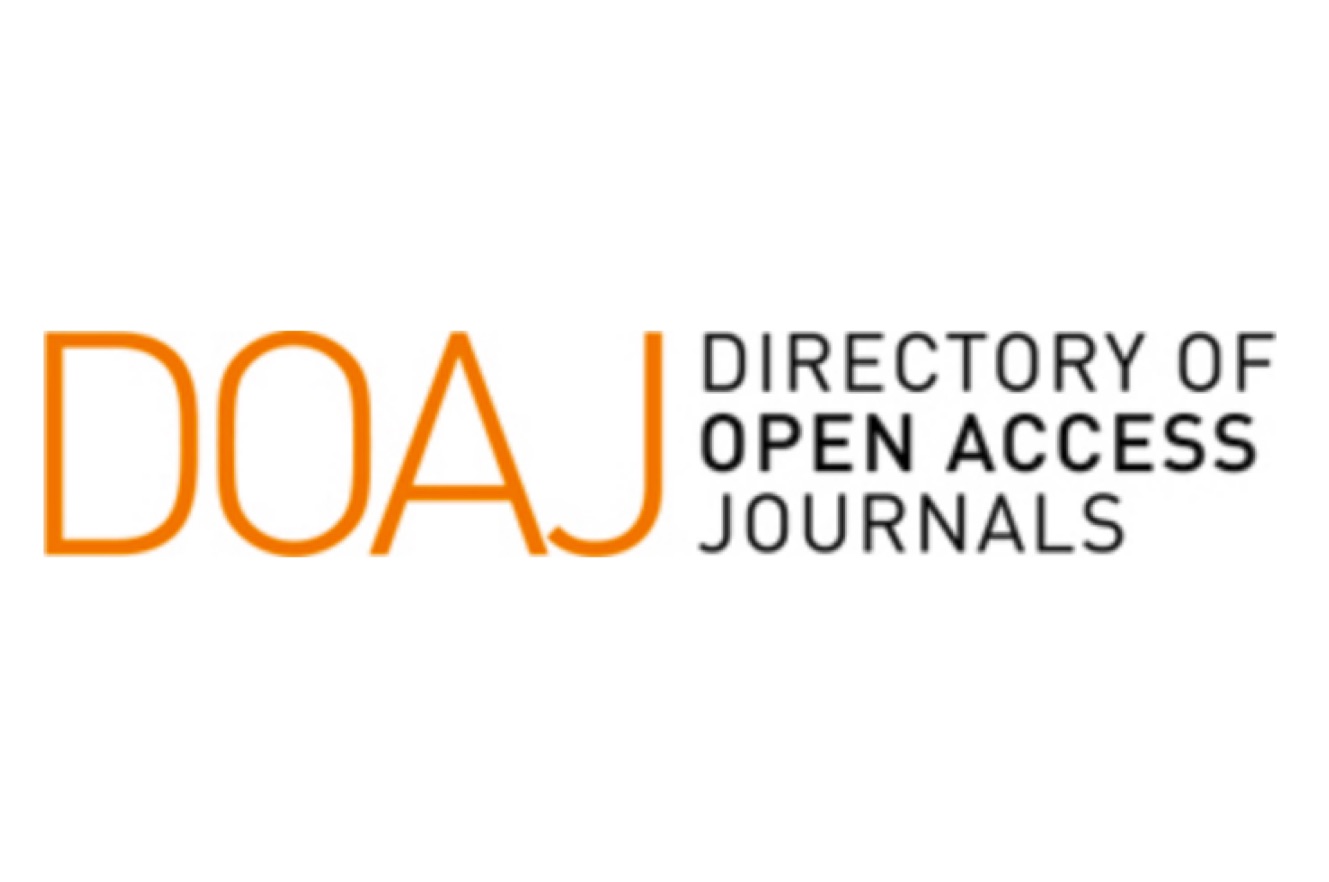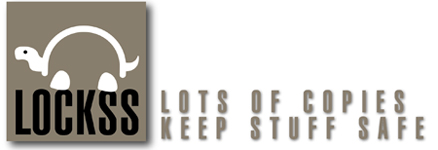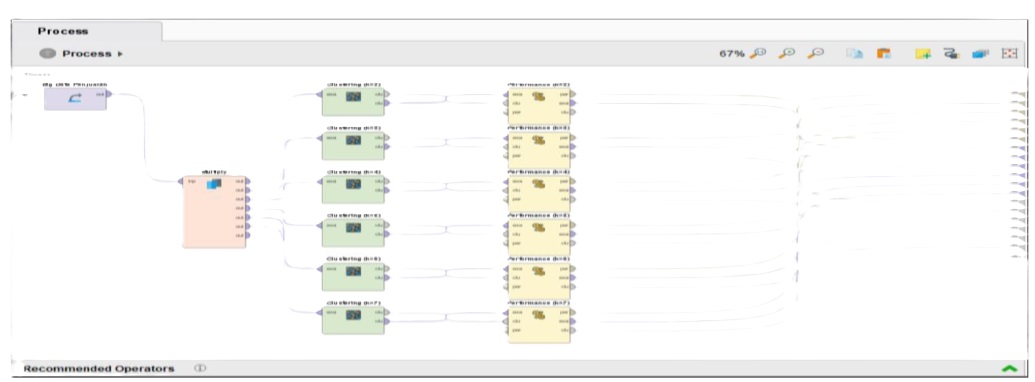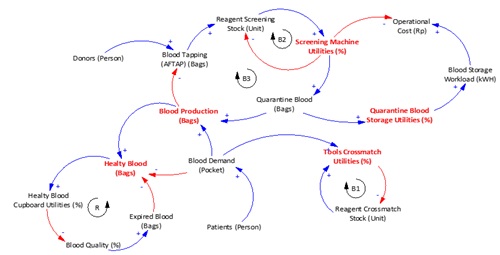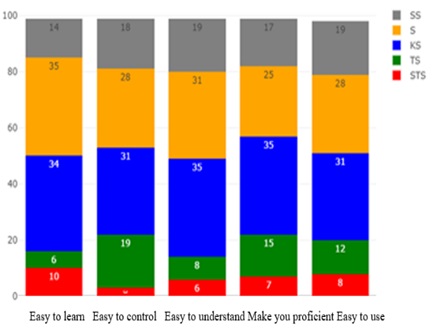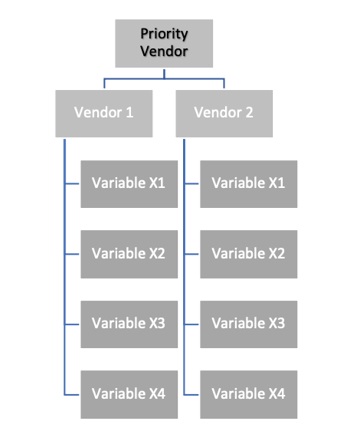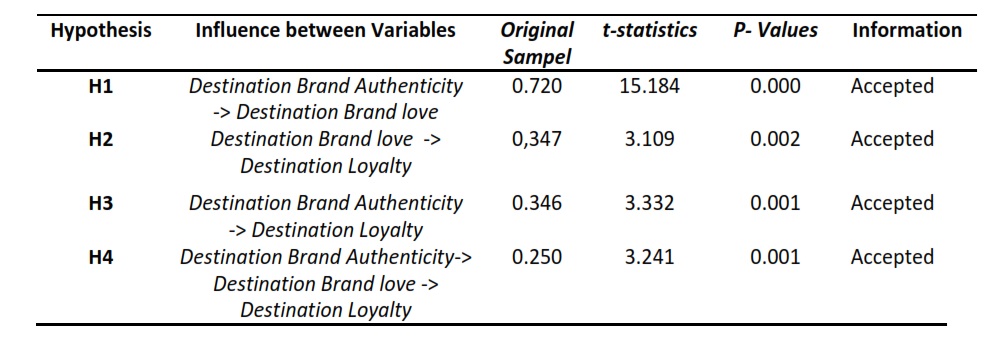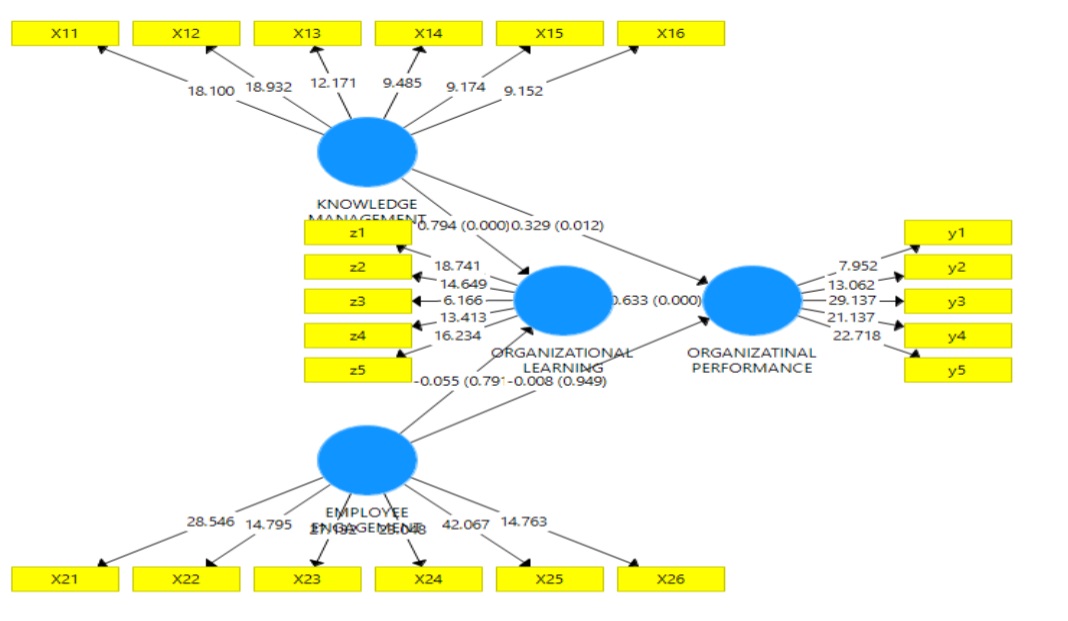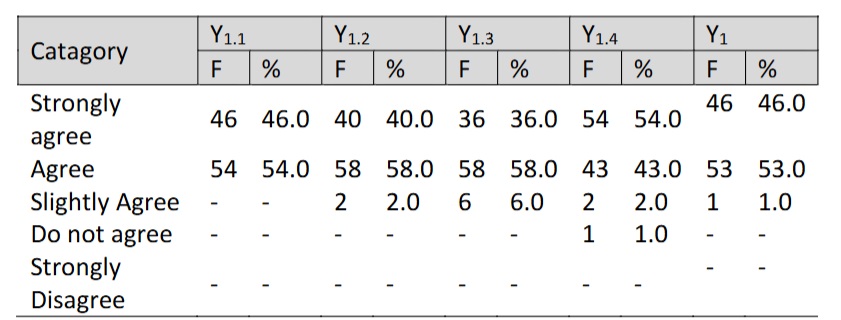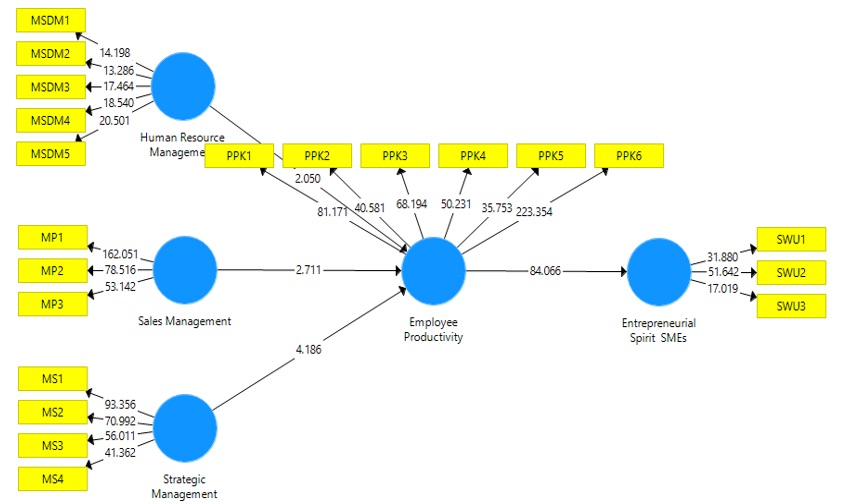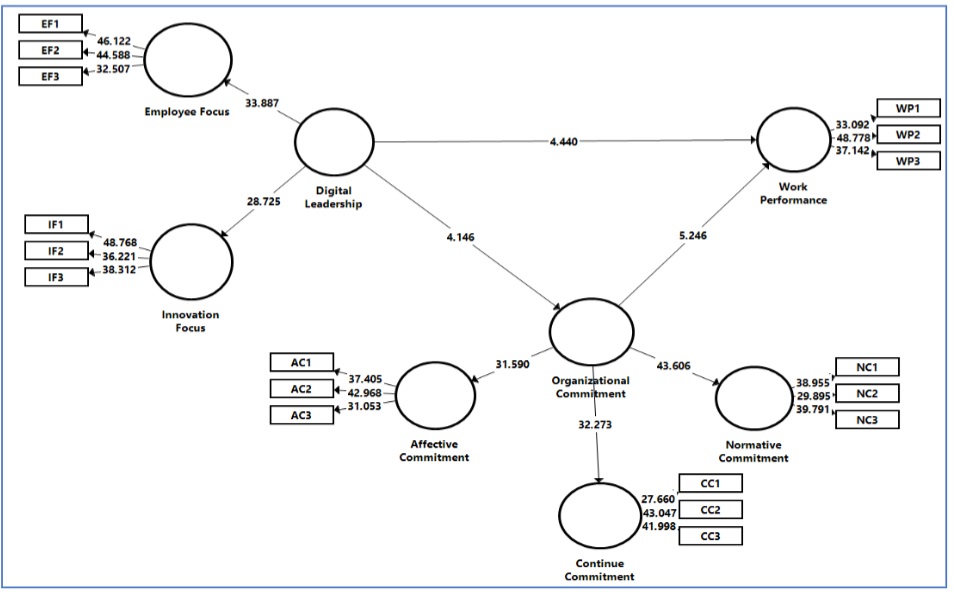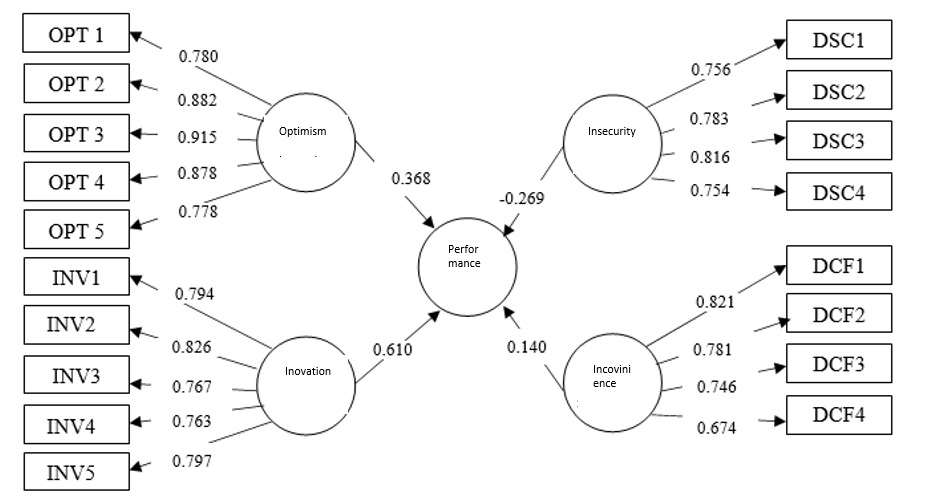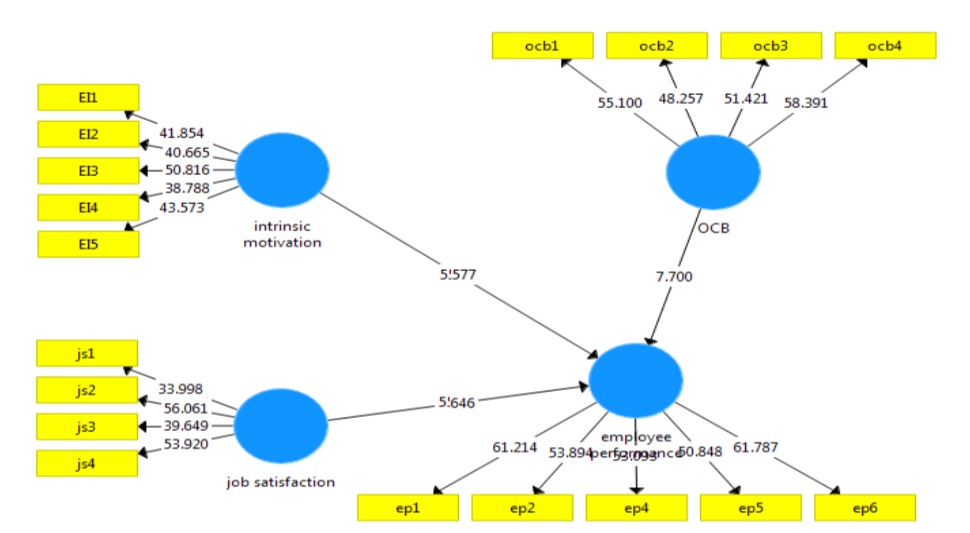EVALUASI KEBIJAKAN PERSEDIAAN BAHAN BAKU KANTONG SEMEN UNTUK MENGURANGI BIAYA PERSEDIAAN (Studi Kasus: PT. SOLUSI BANGUN INDONESIA TBK).
Downloads
Abstract
This study aims to evaluate company policy in determining raw material ordering rates which are then compared with the EOQ, POQ, and Min-Max methods. This research uses a quantitive case study method using data obtained from the company. Forecasting is done using WinQSB and MAD, MSE and MAPE software for forecasting accuracy. Based on data processing, the data shows the horizontal pattern and the chosen forecasting method is the Simple Average method. Research shows the EOQ method has an order quantity of 1192 units / order with an order frequency of 11 times a year and has the smallest total inventory cost of the three methods compared which is Rp 269,520,852,781 or almost 50% lower than the total costs incurred by the company using the current method. ROP point has a value of 3395 units with a safety stock value of 106 units.
Abstrak
Penelitian ini bertujuan untuk mengevaluasi kebijakan perusahaan dalam menentukan tingkat pemesanan bahan baku yang kemudian dibandingkan dengan metode EOQ, POQ dan Min-Max. Penelitian ini menggunakan metode studi kasus kuantitatif dengan menggunakan data yang diperoleh dari perusahaan. Peramalan dilakukan menggunakan perangkat lunak WinQSB dan MAD, MSE dan MAPE untuk akurasi peramalan. Berdasarkan pengolahan data, data menunjukkan pola horizontal dan metode peramalan yang dipilih adalah metode Simple Average. Penelitian ini menunjukkan metode EOQ memiliki jumlah pesanan 1192 unit / pesanan dengan frekuensi pemesanan 11 kali setahun dan memiliki total biaya persediaan terkecil dari ketiga metode yang dibandingkan yaitu Rp 269.520.852 atau hampir 50% lebih rendah dari total biaya yang dikeluarkan oleh perusahaan dengan metode saat ini. Titik ROP memiliki nilai 3395 unit dengan nilai stok pengaman 106 unit.
Downloads
A. Amenan dan E. Fitriani, "PT SI Kuasai 55,8% Pangsa Pasar Semen Indonesia,” 8 Februari 2019. [Online]. Available: https://investor.id/business/pt-si-kuasai-558-pangsa-pasar-semen-indonesia. [Diakses 10 Oktober 2019].
P. A. S. Fithri, "Pengendalian Persediaan Pozzolan di PT. Semen Padang,” Jurnal Optimasi Sistem Industri Vol.13, 2014.
G. E. Alynardiana dan M. Saifi, "Analisis Perencanaan Persediaan Bahan Baku Menggunakan Metode EOQ,” Jurnal Administrasi Bisnis, vol. 49, p. 17, 2017.
A. Mail, M. Asri, A. Padhil, A. Takdir dan N. Chairani, "Pengendalian Persediaan Bahan Baku menggunakan Metode Min-Max Stock di PT. Panca Usaha Palopo Plywood,” Journal of Industrial Engineering Management, pp. 9-14, 2018.
I. Gani dan M. Saputri, "Analisis Peramalan dan Pengendalian Persediaan Bahan Baku dengan Metode EOQ pada Optimalisasi Kayu di Perusahaan Purezento,” e-Proceeding of Management, vol. 2, pp. 2029 - 2041, Agustus 2015.
C. Rizky, Y. Sudarso dan S. Sadriatwati, "Analisis Perbandingan Metode EOQ, Metode POQ, dengan metode Metode Min-Max dalam Pengendalian Persediaan Bahan Baku Pada PT Sidomuncul Pupuk Nusantara,” Admisi dan Bisnis, vol. 16, pp. 11 - 22, 2016.
Y. Evitha dan F. M. HS, "Pengaruh Penerapan Metode Economic Order Quantity (EOQ) Terhadap Pengendalian Persediaan Bahan Baku Produksi di PT. Omron Manufacturing of Indonesia,” Jurnal Logistik Indonesia, vol. 3, pp. 88-100, 2019.
Y.-L. Chang, WinQSB, New York: John Wiley & Sons, 2003.
Hadiguna, Dr. Rika Ampuh, Sistem Logistik, Padang: Andalas University Press, 2017.
M. Arif, "Supply Chain Management,” dalam Supply Chain Management, Yogyakarta, Deepublish, 2018, p. 44.
M. Syaputra, "Penerapan Strategi Pemasaran Dorong dan Tarik dalam Keberlangsungan Pengelolaan Bisnis Rintisan PT. Compro Kotak Inovasi,” Journal of Business & Applied Management, vol. 12, 2019.
K. C. Laudon dan J. P. Laudon, Management Information System, England: Pearson Education Limited, 2018.
S. Sarbjit, "Study on Push/Pull Strategy Decision Taken by Organizations for Their Products and Services,” Universal Journal of Management 5, vol. 5, p. 492, 2017.
JMIL Jurnal Manajemen Industri dan Logistik (Journal of Industrial and Logistics Management) is an Open Access Journal. The authors who publish the manuscript in JMIL Jurnal Manajemen Industri dan Logistik agree to the following terms:

JMIL Jurnal Manajemen Industri dan Logistik is licensed under a Creative Commons Attribution 4.0 International License. This permits anyone to copy, redistribute, remix, transmit and adapt the work provided the original work and source is appropriately cited.
This means:
(1) Under the CC-BY license, authors retain ownership of the copyright for their article, but authors grant others permission to use the content of publications in JMIL Jurnal Manajemen Industri dan Logistik in whole or in part provided that the original work is properly cited. Users (redistributors) of JMIL Jurnal Manajemen Industri dan Logistik are required to cite the original source, including the author's names, JMIL Jurnal Manajemen Industri dan Logistik as the initial source of publication, year of publication, volume number, issue, and Digital Object Identifier (DOI); (2) Authors grant JMIL Jurnal Manajemen Industri dan Logistik the right of first publication. Although authors remain the copyright owner.















